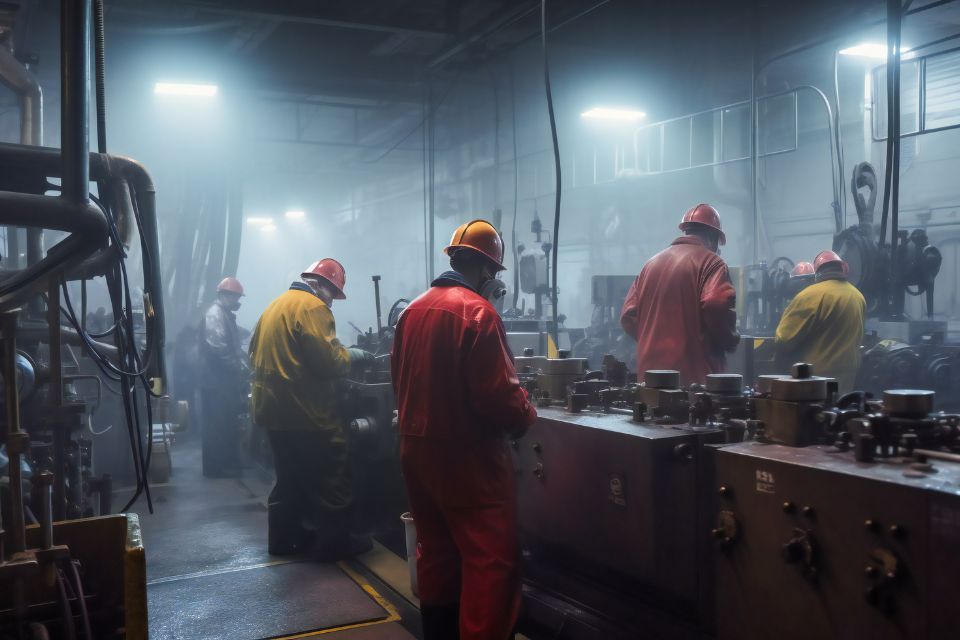Humidity, while often overlooked, plays a critical role in the effectiveness of manufacturing processes. As this invisible factor lurks in the air, its impact on equipment, product quality, and working conditions cannot be underestimated. Read on to learn why humidity is (mostly) bad for manufacturing processes.
Corrosive to Manufacturing Equipment
High humidity levels in manufacturing environments pose a significant threat to the longevity and performance of your equipment. When moisture infiltrates machinery, it accelerates corrosion and rusting on metal components. As a result, the efficiency of your equipment declines, leading to increased maintenance costs and reduced service life. By diligently monitoring and controlling humidity levels in your facility, you can protect your valuable assets and ensure seamless operations. This ultimately contributes to a more cost-effective and productive manufacturing process.
Encourages Mildew and Mold Growth
Excess humidity in manufacturing spaces creates a breeding ground for mold and mildew, affecting a wide range of industries and their products. These harmful microorganisms can contaminate products in processing plants or pharmaceutical manufacturers, posing health risks to consumers and compromising quality.
Mold and mildew can also weaken textiles and paper goods, making them unsuitable for their intended purposes. Moreover, the growth of mold and mildew within a facility can lead to structural damage and the need for expensive repairs.
Decreases Product Quality
Uncontrolled humidity levels can directly impact the quality and integrity of products, particularly moisture-sensitive ones. For instance, excessive humidity can lead to short circuits, component failures, and reduced reliability of electronic devices. Similarly, pharmaceutical products may experience degradation or altered efficacy if exposed to high humidity during manufacturing. Food products are also susceptible to spoilage and contamination when facilities do not manage moisture levels.
Some Humidity Is Good
While excessive humidity can pose challenges in manufacturing spaces, maintaining a moderate moisture level offers several key benefits. Firstly, a balanced humidity level reduces static electricity buildup, which can damage sensitive electronic components and pose safety hazards for employees. By minimizing the risk of static discharge, you can protect your products and ensure a secure work environment.
Secondly, manufacturing applications involving paper, wood, and textiles require some humidity to prevent brittleness and maintain flexibility and durability. Using a well-calibrated chart recorder and knowing how to interpret chart recorder data are the best methods for monitoring and controlling humidity levels in your manufacturing spaces.
Understanding why humidity is mostly bad for manufacturing processes helps you optimize productivity and create high-quality products. By closely monitoring and managing humidity levels, manufacturers can protect their valuable equipment, maintain a safe working atmosphere, and achieve great results in their industries.

